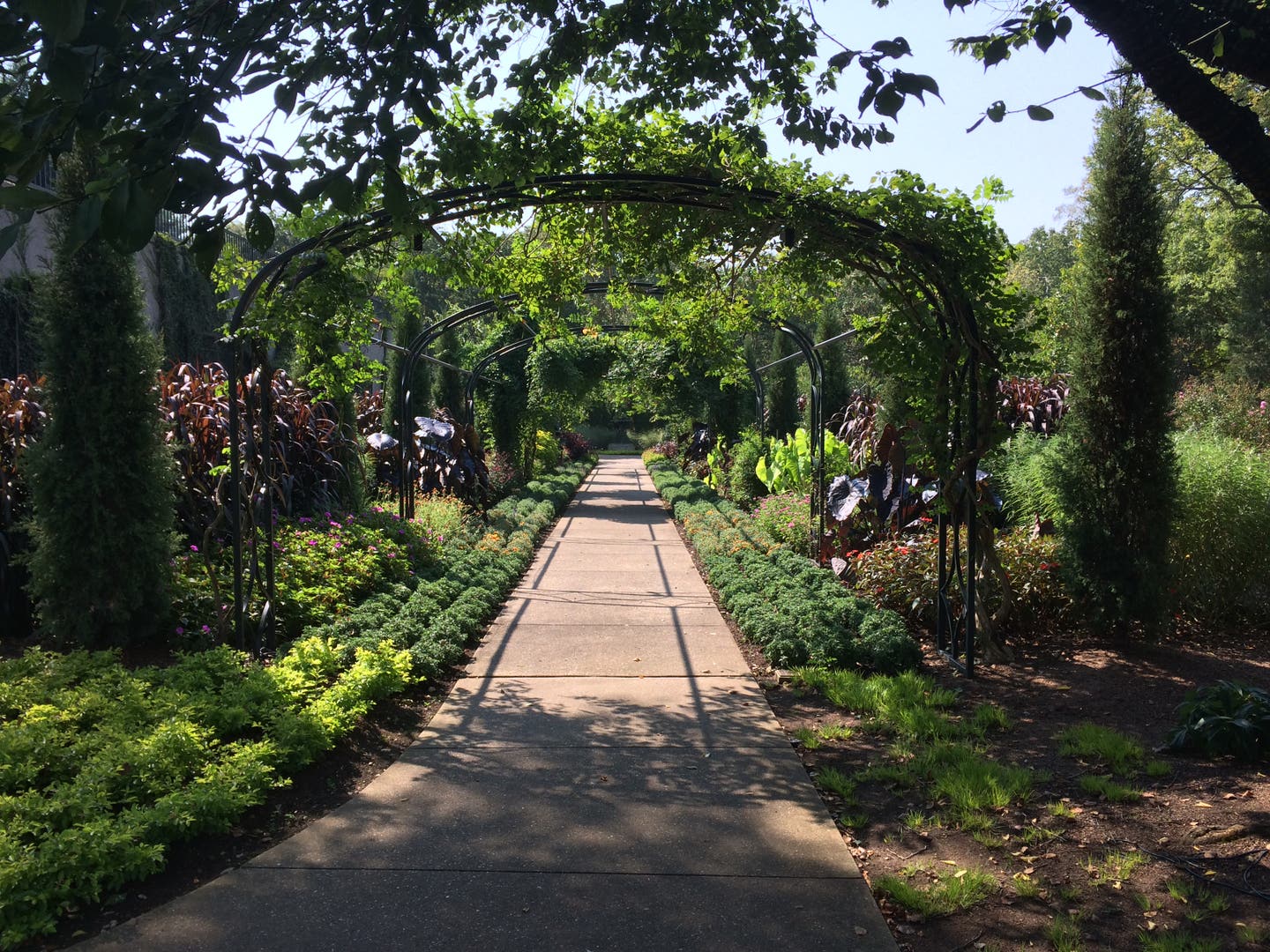
Peter Miller
What I Learned at MESDA in May
I was a guest of MESDA, and the Institute of Classical Architecture and Art, North Carolina Chapter for their Spring Design Seminar, “Inspired by Heritage, An International Point of View” which featured guest speakers Hermes Mallea of M Group; Lady Henrietta Spencer Churchill, Woodstock Design and Ben Page, Page Duke Landscape Architecture. This day long conference was moderated by the charismatic Tom Savage, Director of External Affairs for the Winterthur Museum. MESDA collection curator Daniel Ackerman and MESDA Director of Engagement Catherine Carlisle were our hosts.
“Inspired by Heritage” indeed! Mallea, a Cuban born New York architect presented the contents of his book “Havana Living Today: Cuban Home Style Now,” something he has spent his career researching. His inside, up-close-and-personal look at Havana today reveals architecture and interiors ranging from trendy mid modern to classical Spanish mission, much of it mixed together like a spicy Caribbean gumbo. His thesis is: from Cuban political oppression springs cultural creativity. The Maker movement is on display in Havana and in Mallea’s colorful book, published by Rizzoli.
Mallea’s architecture and interior design firm M Group is no stranger to the press. Hermes and his partner Carey Maloney’s work has been published in all the design and high society magazines you’ve ever heard of. Mallea was trained classically, at the University of Miami and the Columbia School of Historic Preservation. His work, like his lecture, is inspired by heritage yet fresh, easy going and eclectic.
Lady Henrietta Spencer Churchill, whose countenance is not as stuffy as her name, wowed us with photos and personal anecdotes about her interior designs for the wealthy. Churchill too, presented the contents of her book: “Life of the House,” in a seminar titled “Preserving our Heritage with Sympathetic Restoration of Historic Houses.” Much of Lady Henrietta’s work is within the great walls of English Country houses where historic preservation regulations can be daunting.
What to do about the outdated bathrooms in these country manses? Churchill showed us clever solutions for updating timeless houses with modern conveniences, including remodeled bathrooms. Her own family country house, Blendheim Palace in Oxfordshire, is a case study of how to blend old with new, grand with cozy. This witty, self-effacing celebrity designer has written several books on everything from Medieval fortresses to town houses. She has been the host of the popular television series Classic Interiors.
Our third guest speaker at MESDA’s Spring Design Symposium was Ben Page, Page Duke Landscape Architects, whose preservation perspective is applied in his search for the context of place. The jingle from Davey Crockett comes to mind when listening to Mr. Page: “born on a mountain top in Tennessee, the greenest state in the land that’s free.” A Nashville native, Mr. Page grew up visiting his grandparents farm where he was first inspired by the natural world.
In his seminar, titled “Tradition in Transition,” Mr. Page showed us heritage gardens from around the world and his own landscape design work in the southern U.S. His was an emotional delivery both spiritual and poetic. He described how history, tradition and context guide his designs which range from horse farms to community gardens to a residential oasis in a tiny space. His own farm outside Nashville was a labor of love which included the restoration of a sweet little Greek Revival house built in 1845.
Daniel Ackerman, curator of the MESDA highlighted some of the most important early American furniture, pottery and portraits of their collection. Catherine Carlisle Director of MESDA Engagement informed us about their Summer Institute, a month-long immersion is southern decorative art and architecture. I made brief remarks about the ICAA and our shared mission with MESDA. Somewhere on the museum wall I saw an appropriate quote from Pearl S. Buck, which captured the meaning of this conference, “If you want to understand today, you have to search yesterday.”
Just outside the museum is the charming, historic village of Old Salem. I did reconnaissance, up and down the cobble stone walkways, for an architectural tour we will lead there, during the Traditional Building Conference in Winston Salem, October 29-30.
Peter H. Miller, Hon. AIA, is the publisher and President of TRADITIONAL BUILDING, PERIOD HOMES and the Traditional Building Conference Series, and podcast host for Building Tradition, Active Interest Media's business to business media platform. AIM also publishes OLD HOUSE JOURNAL; NEW OLD HOUSE; FINE HOMEBUILDING; ARTS and CRAFTS HOMES; TIMBER HOME LIVING; ARTISAN HOMES; FINE GARDENING and HORTICULTURE. The Home Group integrated media portfolio serves over 50 million architects, builders, craftspeople, interior designers, building owners, homeowners and home buyers.
Pete lives in a classic Sears house, a Craftsman-style Four Square built in 1924, which he has lovingly restored over a period of 30 years. Resting on a bluff near the Potomac River in Washington, D.C., just four miles from the White House, Pete’s home is part of the Palisades neighborhood, which used to be a summer retreat for the District’s over-heated denizens.
Before joining Active Interest Media (AIM), Pete co-founded Restore Media in 2000 which was sold to AIM in 2012. Before this, Pete spent 17 years at trade publishing giant Hanley Wood, where he helped launch the Remodeling Show, the first trade conference and exhibition aimed at the business needs and interests of professional remodeling contractors. He was also publisher of Hanley Wood’s Remodeling, Custom Home, and Kitchen and Bath Showroom magazines and was the creator of Remodeling’s Big 50 Conference (now called the Leadership Conference).
Pete participates actively with the American Institute of Architects’ Historic Resources Committee and also serves as President of the Washington Mid Atlantic Chapter of the Institute of Classical Architecture & Art. He is a long-time member of the National Trust for Historic Preservation and an enthusiastic advocate for urbanism, the revitalization of historic neighborhoods and the benefits of sustainability, including the adaptive reuse of historic buildings.








